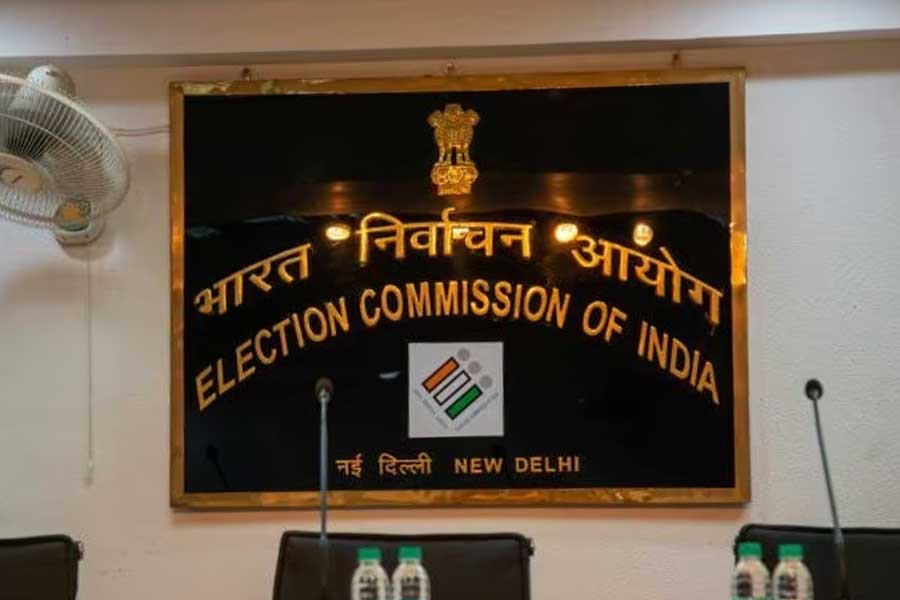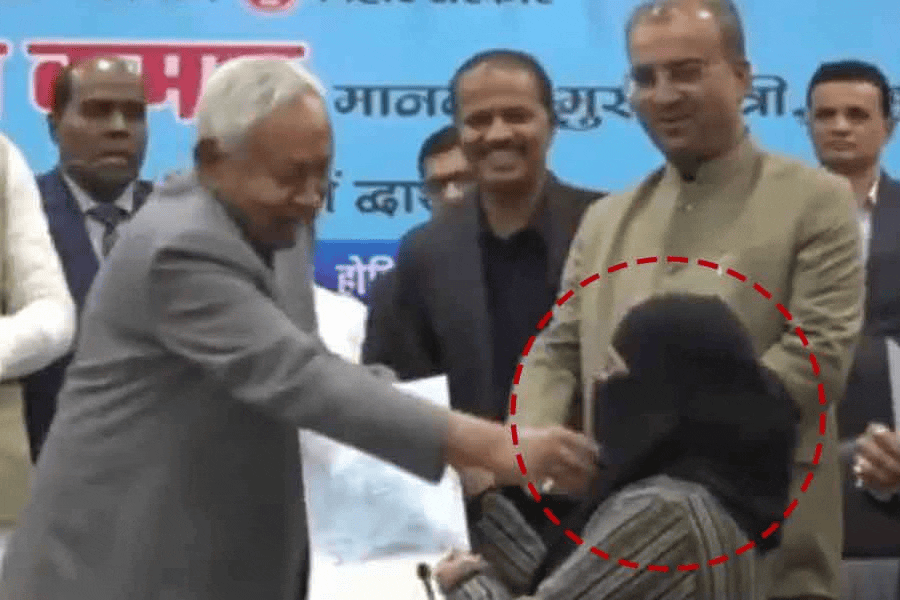 |
| NICE PRICE: Students display Aakash, the world’s cheapest tablet PC; (right) OLPC’s XO 3 tablet, which will be launched next year |
From a distance, the eight-by-five-inch device looks like a paperback with a jet-black cover. Weighing just 350 grams and equipped with a seven-inch touch screen, this is Aakash — a tablet PC. But the most attractive feature of the device, which is the brainchild of Union minister for human resources and telecommunications Kapil Sibal, is its breathtakingly low price. Aakash comes for a stunning Rs 2,250, and may well spur a price war in India’s nascent tablet PC industry.
“This low cost device is part of our national mission on education through information and communication technology (NME-ICT) which will connect over 1,000 institutions across the country, enabling tonnes of web-based course content for free,” Sibal said recently. The HRD ministry is buying 1,00,000 tablets from Datawind — a UK-based company that provides wireless, web access products —which designed, developed and manufactured the device in association with IIT, Rajasthan. If all goes well, the government plans to sell the Aakash tablets to students at an even a lower price — Rs 1,750.
But quite apart from the avowed aim of Aakash — that of providing cheap Internet access to millions of India’s students — what interests industry watchers is whether or not it will lead to the price of tablets being driven down drastically. In fact, Datawind will soon launch a commercial version of Aakash, called UbiSlate. This will be priced at an enviable Rs 2,999.
Aakash, arguably the world’s cheapest tablet PC, arrives at a time when over a dozen Indian and multinational tablet makers are vying for a share of the country’s burgeoning tablet market where roughly 3 lakh units are sold a year. Apple’s iPad accounts for half the market, followed by Samsung’s Galaxy Tab. The minimum price of an iPad is Rs 30,000 and the cheapest Galaxy tab costs Rs 25,000. The cheapest tablet available in India right now is the Pepper tablet, costing Rs 6,250, manufactured by a Bangalore-based company called LACS.
 |
Many industry insiders say that the price of tabs is bound to head lower. Raj (he uses only his first name), director of Net4Sys, a computer company in Hyderabad, which came out with a Rs 3,300 LCD tablet called Boogie Board, believes it’s possible to bring out a stripped-down version of a tablet PC at Rs 1,500 in the near future. “Our Boogie Board isn’t a tablet PC, but an ultra-thin device you can carry in the purse. It has several features similar to Aakash and is primarily targeted at school students,” he says.
However, there are those who believe that though cheap, Aakash will simply not have the same power or performance as the more expensive tablets in the market, and hence may not have such an impact on their prices. Points out Rohan Shravan, chief executive of Bangalore-based startup Notion Ink which makes Adam, a tablet PC priced at Rs 18,500, “It seems Aakash has limited memory and features. It won’t be as fast as the new tablets.”
Concurs Vinod Sawhny, chief executive of Beetel Teletech Limited, a Gurgaon-based company that makes Magiq, a tablet that costs Rs 9,999. “The positioning of a tablet is between a netbook and a smartphone. It should have the portability of a smartphone, and the computing power of a netbook. A Rs 3,000 tablet will not give you any addition in terms of applications or computing. It is nothing but a normal phone with a larger screen,” he says.
The makers of Aakash, however, find these arguments irrelevant. “We never thought of competing with an iPad or a Galaxy, because we developed Aakash for poor students who can’t afford to buy a PC or a laptop. It’s meant to break the digital divide between the rich and the poor,” says Vivek Vijayvargiya, an assistant professor of statistics at IIT, Rajasthan, and one of the developers of Aakash. “Would you compare a Maruti 800 with a Mercedes Benz,” he asks curtly.
But how have the makers of Aakash managed to keep its price so low? According to Vijayvargiya, one has to factor in the free research and development by IIT students and teachers. Adds Sunil Singh Tuli, chief executive of Datawind, “Our core technology, based on 18 US and other international patents, shifts the burden of processing from the customer’s device to backend servers in the cloud (a central server). This reduces the processor cost. Besides, unlike most other manufacturers, we buy components in bulk to eliminate the middleware (a programme that glues together two separate programs) costs.”
Tuli, for one, believes that Aakash will bring down the prices of tablets in India. “We hope our devices will help lower the costs because tablet prices are inflated right now,” he says.
The effort to launch the low-cost Aakash tablet may have been inspired by XO, the cheap educational laptop designed by One Laptop Per Child (OLPC), a non-profit global education project backed by the Massachusetts Institute of Technology (MIT) in the US. OLPC was not meant to be a commercial product, but MIT scientists’ hunt for a low cost device for the project did lead to a price war in the PC market. When they launched a $200 (around Rs 9,500) laptop four years ago, it helped bring down the price of a basic laptop from $1,000 to $200. Says Satish Jha, chief executive, OLPC, India, “OLPC brought down the price of laptops and computers and that’s the reason netbooks or cheap laptops hit the market.” OLPC’s hunt is still on, and its latest offering will be the XO 3, a tablet PC that will be priced well below $99, and is scheduled to be launched in 2012.
So how did Datawind succeed in making an under $50 device where MIT scientists could not? “I believe the OLPC scientists got sidetracked with ‘features overkill’. May be their lack of experience in the manufacture and distribution of consumer electronics devices also had a bearing on this. The $35 price point is achievable in larger volumes with some tweaking of the specifications,” asserts Tuli.
But Satish Jha points out that their focus had always been quality education, not cost cutting. “OLPC’s laptops are designed for learning and to help children become critical thinkers and problem solvers.”
Others believe that despite its low price Aakash may not lead tablet manufacturers to slash prices just yet. “Probably we will have tablets in all price ranges, each with their own capabilities,” says Shravan.
Undoubtedly, there are exciting days ahead for buyers of tablet PCs.










